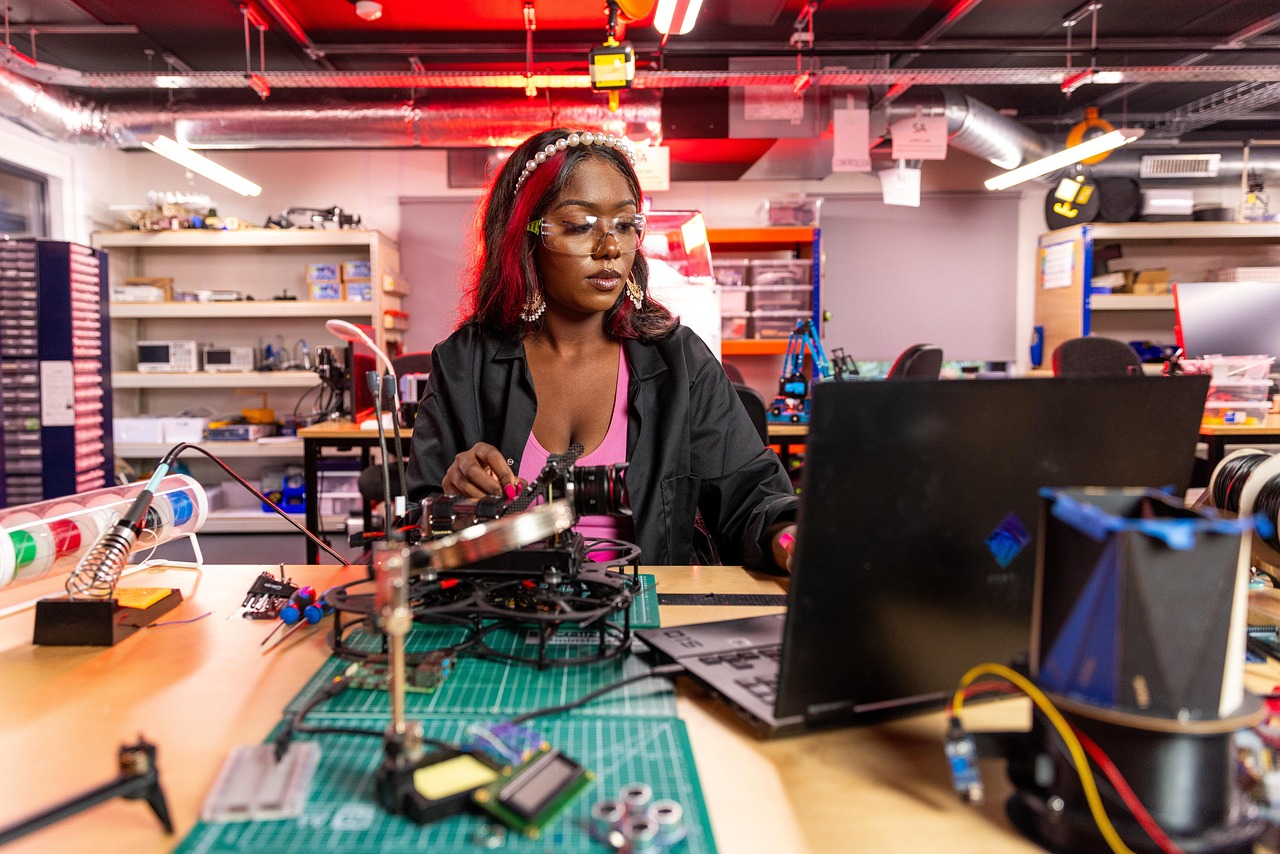The world of image creation has been revolutionized. Gone are the days when professional-grade visuals were solely the domain of skilled artists and expensive software. Thanks to the rapid advancements in artificial intelligence, AI image tools are now empowering anyone to generate stunning, unique images from simple text prompts or existing visuals. Whether you’re a marketer looking for eye-catching content, a blogger needing illustrations, or simply someone wanting to explore your creative side, AI image generation is a powerful tool to master. This article will delve into the capabilities, benefits, and practical applications of these cutting-edge technologies.
Understanding AI Image Generation
How AI Image Generators Work
AI image generators utilize complex machine learning models, often based on diffusion models or generative adversarial networks (GANs), to translate text descriptions into visual representations. These models are trained on massive datasets of images and their corresponding captions, learning to associate visual elements with textual concepts.
- Text-to-Image: Users input a text prompt, describing the desired image (e.g., “a futuristic cityscape at sunset”). The AI interprets the prompt and generates an image matching the description.
- Image-to-Image: Users upload an existing image and provide a text prompt to modify it (e.g., uploading a photo of a cat and prompting “make it look like a painting by Van Gogh”). The AI alters the image based on the provided instructions.
- Inpainting/Outpainting: Fill in missing parts of an image or extend an image beyond its original boundaries using AI-generated content.
Key Concepts and Terminology
Familiarizing yourself with the core concepts will help you navigate the AI image generation landscape.
- Diffusion Models: These models work by gradually adding noise to an image until it becomes pure noise, then learning to reverse the process, starting from noise and generating a coherent image. Stable Diffusion and DALL-E 2 are examples that use diffusion models.
- Generative Adversarial Networks (GANs): GANs consist of two neural networks: a generator that creates images and a discriminator that evaluates the images. The generator tries to fool the discriminator, and the discriminator tries to distinguish between real and fake images, leading to continuous improvement.
- Text Prompting: The art of crafting effective text prompts to guide the AI image generator. A well-written prompt is crucial for achieving the desired results.
- Sampling Methods: Different algorithms used during the image generation process to refine the output and control its quality and style. Examples include DDIM, DPM-Solver, and Euler A.
- Fine-tuning: Training an existing AI model on a smaller, more specific dataset to tailor its output to a particular style or subject matter.
Benefits of Using AI Image Tools
Increased Efficiency and Productivity
AI image generators significantly reduce the time and effort required to create visuals.
- Rapid Prototyping: Quickly generate multiple image concepts based on different prompts, allowing for faster experimentation and idea validation.
- Automated Content Creation: Automate the creation of images for marketing campaigns, social media posts, and website content.
- Reduced Dependence on Traditional Design Software: Minimize the need for complex and expensive design software like Photoshop or Illustrator for certain tasks.
Enhanced Creativity and Innovation
AI can spark new ideas and push creative boundaries.
- Exploring Unconventional Concepts: Generate images that are difficult or impossible to create using traditional methods.
- Inspiring New Artistic Styles: Discover unique visual styles and techniques through AI-generated imagery.
- Collaborative Creativity: Use AI as a partner to refine your vision and explore different creative directions.
Cost-Effectiveness
Compared to hiring professional designers or purchasing stock photos, AI image generators can be a more affordable solution.
- Subscription-based Models: Access to powerful AI tools for a fixed monthly or yearly fee.
- Pay-per-Image Options: Generate images on demand without committing to a subscription.
- Reduced Design Costs: Minimize the need for expensive design resources for certain projects.
Popular AI Image Generators
Overview of Leading Platforms
Several AI image generation platforms have gained popularity for their ease of use, diverse features, and high-quality outputs.
- DALL-E 2 (OpenAI): Known for its realistic and creative image generation capabilities.
Example: Generating an image of “a teddy bear riding a unicorn through space in the style of a Renaissance painting.”
- Midjourney: Accessible through Discord, Midjourney excels in creating artistic and imaginative images.
Example: Using the prompt “/imagine a mystical forest filled with glowing mushrooms, hyperrealistic”
- Stable Diffusion: An open-source model that allows for greater customization and control over the image generation process.
Example: Utilizing Stable Diffusion’s ControlNet feature to guide image generation based on a sketch or pose.
- Craiyon (formerly DALL-E mini): A free and accessible option, known for its quirky and often surreal outputs.
Example: Generating images based on simple and humorous prompts.
- Adobe Firefly: Integrated directly into Adobe Creative Cloud, providing seamless integration with existing design workflows.
Example: Using Firefly’s generative fill feature to seamlessly add or remove objects from existing photos.
Comparison of Features and Pricing
Choosing the right AI image generator depends on your specific needs and budget.
| Platform | Key Features | Pricing | Strengths | Weaknesses |
|—————–|——————————————————|———————————————|——————————————–|——————————————–|
| DALL-E 2 | Realistic image generation, image editing, variations | Credits-based system (free credits available) | High-quality outputs, user-friendly interface | Limited free usage, requires prompt engineering |
| Midjourney | Artistic style, active community, Discord integration | Subscription-based | Stunning visuals, strong community support | Discord-based interface, can be addictive |
| Stable Diffusion | Open-source, customizable, ControlNet integration | Free (costs associated with hardware) | Highly customizable, versatile | Requires technical expertise, hardware intensive |
| Craiyon | Free, easy to use | Free | Accessible, simple to use | Lower image quality, surreal outputs |
| Adobe Firefly | Integrated with Adobe Creative Cloud, generative fill | Included in Adobe Creative Cloud plans | Seamless integration, powerful features | Requires Adobe Creative Cloud subscription |
Tips for Effective AI Image Generation
Crafting Effective Prompts
The quality of your text prompts directly impacts the quality of the generated images.
- Be Specific: Provide detailed descriptions of the desired image, including subject matter, style, composition, and mood.
Example: Instead of “a cat,” try “a fluffy Persian cat sitting on a velvet cushion in a sunlit room, painted in the style of Johannes Vermeer.”
- Use Keywords: Incorporate relevant keywords to guide the AI towards the desired visual elements.
Example: Using keywords like “cyberpunk,” “neon lights,” “futuristic,” and “dystopian” for a sci-fi image.
- Experiment with Different Styles: Specify artistic styles, such as “impressionism,” “photorealistic,” “anime,” or “pixel art.”
- Iterate and Refine: Don’t be afraid to experiment with different prompts and refine them based on the generated results.
Optimizing Image Quality
Maximize the quality of your AI-generated images through various techniques.
- Upscaling: Use AI-powered image upscalers to increase the resolution of the generated images.
Example: Upscaling low-resolution images from Craiyon to improve their clarity and detail.
- Post-Processing: Enhance the images using photo editing software to adjust colors, contrast, and sharpness.
* Example: Using Photoshop or GIMP to refine the AI-generated images and remove any imperfections.
- Refining Prompts: Adjust your prompts based on initial results to guide the AI towards creating higher quality images.
- Choosing the Right Model: Experiment with different AI models to find the one that best suits your desired style and output quality.
Conclusion
AI image tools are transforming the landscape of visual content creation, offering unprecedented opportunities for efficiency, creativity, and cost-effectiveness. By understanding the underlying technologies, exploring the available platforms, and mastering the art of prompt engineering, you can harness the power of AI to generate stunning and unique visuals for a wide range of applications. As AI technology continues to evolve, we can expect even more sophisticated and user-friendly tools to emerge, further democratizing access to professional-quality image creation. Embrace this revolution and unlock your creative potential with the power of AI!




